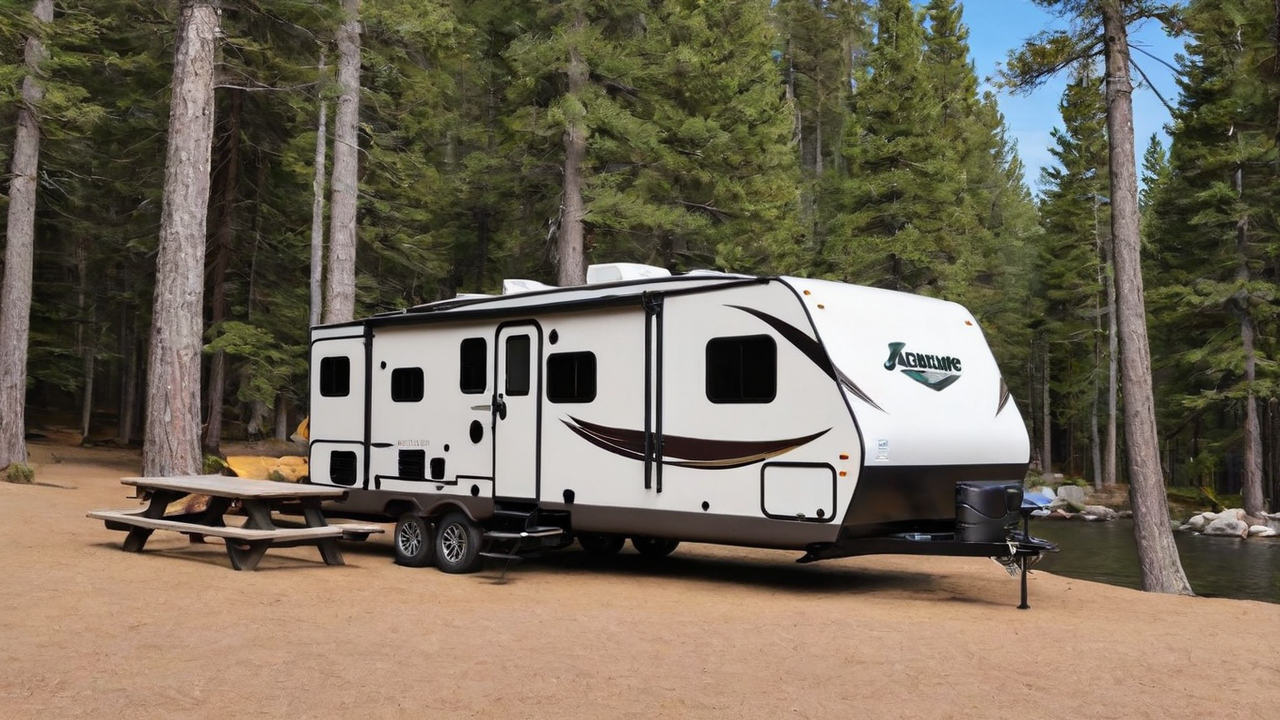
Understanding Your Users
Understanding which your target users is vital in creating an efficient user experience. It's crucial to consider their requirements, preferences, and technology savviness. Such insight leads the designing decision, guaranteeing that the program is accessible and intuitive.
Knowing your users also implies recognizing the difficulties and how they intend to use your camping software. This allows designers to customize features and capabilities that meet specific needs, therefore making the application not only useful but also essential.
Streamlining the Navigation
Streamlining the navigation system is a key element of user interface design. An straightforward menu system ensures visitors can easily locate what they're searching for, minimizing frustration and enhancing user satisfaction. It's about making the journey inside the app as seamless as possible.
Moreover, a well-designed navigation leads users throughout the application, emphasizing features and capabilities that they otherwise miss. This an strategy not only enhances usability but also promotes deeper engagement with your campground software's full range of features.
Integrating High Quality Graphics
Visuals play an important part in designing an appealing UI. They aid in breaking text and can also illustrate functions in a more effectively than text alone. Picking the right visuals, symbols, and colors can boost the aesthetic of your application, making it more visually attractive to the eye.
Additionally, visual consistency is crucial for establishing brand identity and trust amongst users. Each component ought to be in harmony with the brand’s values and the mission of your software, leading to a seamless experience that is both professional and welcoming.
Improving the Responsiveness
In today’s online world, people expect campground software to be fully responsive on all devices, from desktops to mobile phones. An adaptive design guarantees that no matter of the device size, the application provides an optimal user experience. It not only improves accessibility but also caters directly to your users’ mobile lifestyle.
Furthermore, improving your software’s responsiveness can lead in improved speed, minimizing load times and preventing user frustration. Visitors value a fast and efficient experience when using camping software, making performance a crucial component in satisfaction levels.
Optimizing the Search
Locating data efficiently is fundamental in any software, especially in campground software systems. Enhancing your search functionality allows users to quickly locate exactly what they're searching for, which enhances user experience and productivity. Through advanced search features, you minimize user frustration and boost general satisfaction.
Additionally, complex search features like filters and tags can help in narrowing down results, making the search process more effective. Introducing these functionalities demonstrates an understanding of the users' needs and a commitment to making their experience with your campground system as seamless and effective as possible.
Focusing on User Security
Protecting user information is a top priority when it comes to designing campground software. Users want to feel safe when inputting their private data. Guaranteeing strong security protocols not only secures their information but likewise builds a sense of trust between your customer and your company.
In addition to standard protections like strong passwords and data encryption, it's important to consider integrating advanced security measures such as two-factor authentication or biometric verification. These features provide an extra layer of security, ensuring that user data is held secure from unwanted access.
Utilizing User Feedback
Feedback is vital for ongoing improvement of any campground program. It enables the developers to see what is working, what doesn’t work, and how their application can be enhanced to better meet the user’s expectations. Actively seeking this feedback establishes an open dialogue between the users and the team, making them feel they are actively a part of your software’s evolution.
Taking this feedback wisely can lead in significant improvements in user interface design and the overall UX. Making changes based on user input demonstrates that the company values its users and is committed to providing a superior experience.
Keeping the Simplicity
Among design, simplicity is key. A unnecessarily complex UI can confuse users, leading in a negative UX. Keeping things simple, on the other hand, makes the software easier to understand and navigate. This encourages more engagement and satisfaction levels.
Additionally, maintaining simplicity should also apply to your content and features. Avoid superfluous functions that do not add value can ensure additional info that the UI remains sleek and focused on the core requirements of the users. By, you can design a more streamlined and efficient user experience that appeals with the audience.
Comments on “Creating the Optimal User's Interface: Design Guidelines for Campground Software”